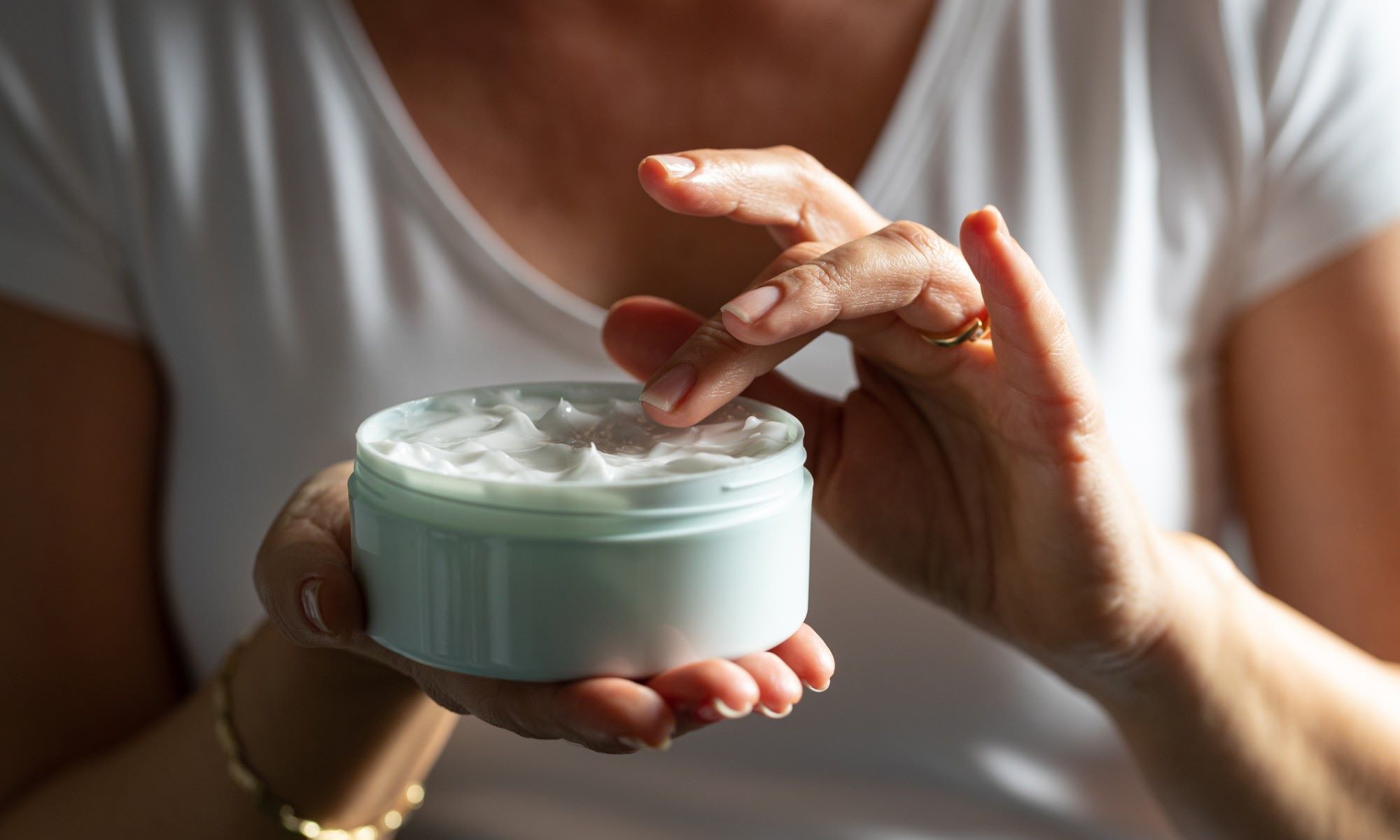
Lichen Simplex Chronicus sounds complicated, but it's a skin condition many people deal with daily. Ever had an itch that just wouldn't quit? That's the essence of this condition. Lichen Simplex Chronicus results from constant scratching or rubbing, leading to thick, leathery patches on the skin. These patches can appear anywhere but often show up on the neck, wrists, forearms, legs, or anal region. The itch-scratch cycle can be relentless, making it tough to break free. Understanding this condition is crucial for managing it effectively. Let's dive into 40 facts about Lichen Simplex Chronicus to help you better understand and manage this persistent skin issue.
What is Lichen Simplex Chronicus?
Lichen Simplex Chronicus (LSC) is a skin condition characterized by chronic itching and scratching. It often results in thickened, leathery patches of skin. Understanding this condition can help manage symptoms and improve quality of life.
-
LSC is also known as neurodermatitis. This name highlights the neurological component of the condition, where the itch-scratch cycle is a key feature.
-
The condition is not contagious. You cannot catch LSC from another person, nor can you spread it to others.
-
LSC often affects adults. While it can occur at any age, it is most commonly seen in adults, particularly those over 30.
-
Stress can exacerbate symptoms. Emotional stress and anxiety can make itching worse, leading to more scratching and further skin damage.
-
Common areas affected include the neck, wrists, and ankles. These areas are frequently scratched, leading to the characteristic thickened skin patches.
Symptoms and Diagnosis
Recognizing the symptoms of LSC is crucial for early diagnosis and treatment. Here are some key facts about its symptoms and how it is diagnosed.
-
Persistent itching is a hallmark symptom. The itch can be intense and often worsens at night.
-
Skin thickening and discoloration occur over time. The affected skin may become darker or lighter than the surrounding area.
-
Lesions can appear scaly and rough. The skin may also develop a leathery texture due to constant scratching.
-
A dermatologist can diagnose LSC through a physical exam. They may also take a skin biopsy to rule out other conditions.
-
LSC can be mistaken for other skin conditions. These include eczema, psoriasis, and fungal infections, making accurate diagnosis important.
Causes and Risk Factors
Understanding what causes LSC and the factors that increase risk can help in managing the condition effectively.
-
The exact cause of LSC is unknown. However, it is believed to involve a combination of physical and psychological factors.
-
Chronic skin conditions can lead to LSC. Conditions like eczema and psoriasis can trigger the itch-scratch cycle.
-
Dry skin increases the risk. People with naturally dry skin are more prone to developing LSC.
-
Allergies can contribute to LSC. Allergic reactions can cause itching, leading to scratching and skin thickening.
-
Women are more likely to develop LSC. The condition is more common in women than men.
Treatment Options
Effective treatment can help manage symptoms and prevent further skin damage. Here are some treatment options for LSC.
-
Topical corticosteroids are commonly prescribed. These creams reduce inflammation and itching.
-
Antihistamines can help control itching. These medications are especially useful at night.
-
Moisturizers are essential for managing LSC. Keeping the skin hydrated can reduce itching and prevent further damage.
-
Behavioral therapy can break the itch-scratch cycle. Techniques like habit reversal training can be effective.
-
Phototherapy is another treatment option. This involves exposing the skin to ultraviolet light under medical supervision.
Lifestyle and Home Remedies
Incorporating certain lifestyle changes and home remedies can complement medical treatments for LSC.
-
Avoid scratching the affected areas. This can be challenging but is crucial for preventing further skin damage.
-
Wear loose, comfortable clothing. Tight clothing can irritate the skin and worsen itching.
-
Use mild, fragrance-free soaps and detergents. Harsh chemicals can aggravate the skin.
-
Keep your nails short. This reduces the risk of skin damage from scratching.
-
Apply cool compresses to the affected areas. This can provide temporary relief from itching.
Complications and Prognosis
Understanding the potential complications and long-term outlook of LSC can help in managing the condition more effectively.
-
Secondary infections can occur. Constant scratching can break the skin, leading to bacterial infections.
-
LSC can impact quality of life. The chronic itching and discomfort can affect sleep and daily activities.
-
The condition can be chronic. While symptoms can be managed, LSC often requires long-term treatment.
-
Emotional support is important. Dealing with a chronic condition can be stressful, so support from friends and family is beneficial.
-
Regular follow-ups with a dermatologist are crucial. Ongoing medical supervision can help manage symptoms and prevent complications.
Prevention Tips
Taking steps to prevent LSC can reduce the risk of developing the condition or experiencing flare-ups.
-
Maintain good skin hygiene. Regular cleansing and moisturizing can keep the skin healthy.
-
Manage stress effectively. Techniques like meditation and yoga can help reduce stress levels.
-
Avoid known allergens. Identifying and avoiding triggers can prevent itching and scratching.
-
Stay hydrated. Drinking plenty of water keeps the skin hydrated from within.
-
Use a humidifier in dry environments. This can prevent the skin from becoming too dry.
Myths and Misconceptions
Clearing up common myths and misconceptions about LSC can lead to better understanding and management of the condition.
-
LSC is not caused by poor hygiene. The condition is related to the itch-scratch cycle, not cleanliness.
-
It is not a sign of an underlying serious illness. While it can be uncomfortable, LSC is not life-threatening.
-
Natural remedies alone cannot cure LSC. While they can help manage symptoms, medical treatment is often necessary.
-
LSC does not always go away on its own. Without treatment, the condition can persist and worsen over time.
-
It is not just a cosmetic issue. LSC can significantly impact quality of life, making effective treatment important.
Final Thoughts on Lichen Simplex Chronicus
Lichen Simplex Chronicus (LSC) is a skin condition that can be both frustrating and painful. Understanding its causes, symptoms, and treatments can make a big difference in managing it. Stress, anxiety, and chronic scratching often trigger LSC, leading to thickened, itchy patches of skin. Treatments like topical steroids, antihistamines, and moisturizing creams can provide relief. Lifestyle changes, such as stress management techniques and avoiding irritants, also play a crucial role in controlling flare-ups. Consulting a dermatologist for personalized advice is always a good idea. Remember, while LSC can be persistent, with the right approach, you can manage it effectively. Stay informed, take care of your skin, and don't hesitate to seek professional help when needed. Your skin will thank you for it!
Was this page helpful?
Our commitment to delivering trustworthy and engaging content is at the heart of what we do. Each fact on our site is contributed by real users like you, bringing a wealth of diverse insights and information. To ensure the highest standards of accuracy and reliability, our dedicated editors meticulously review each submission. This process guarantees that the facts we share are not only fascinating but also credible. Trust in our commitment to quality and authenticity as you explore and learn with us.


